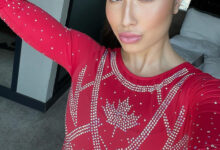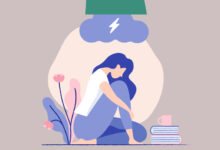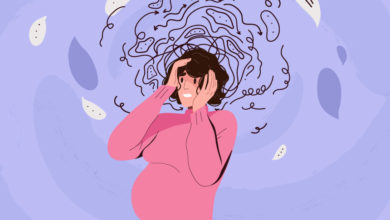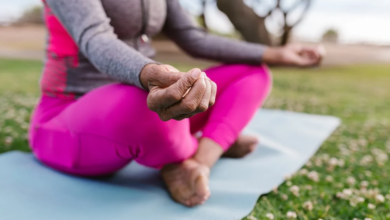Albizzia bark comes from the albizzia tree, which is also known as the mimosa. The tree can reach a height of 30 feet, with whitish-pink flowers. Like most other trees, albizzia bark is grey-brown in color, with a rough exterior and a whitish or yellowish interior.
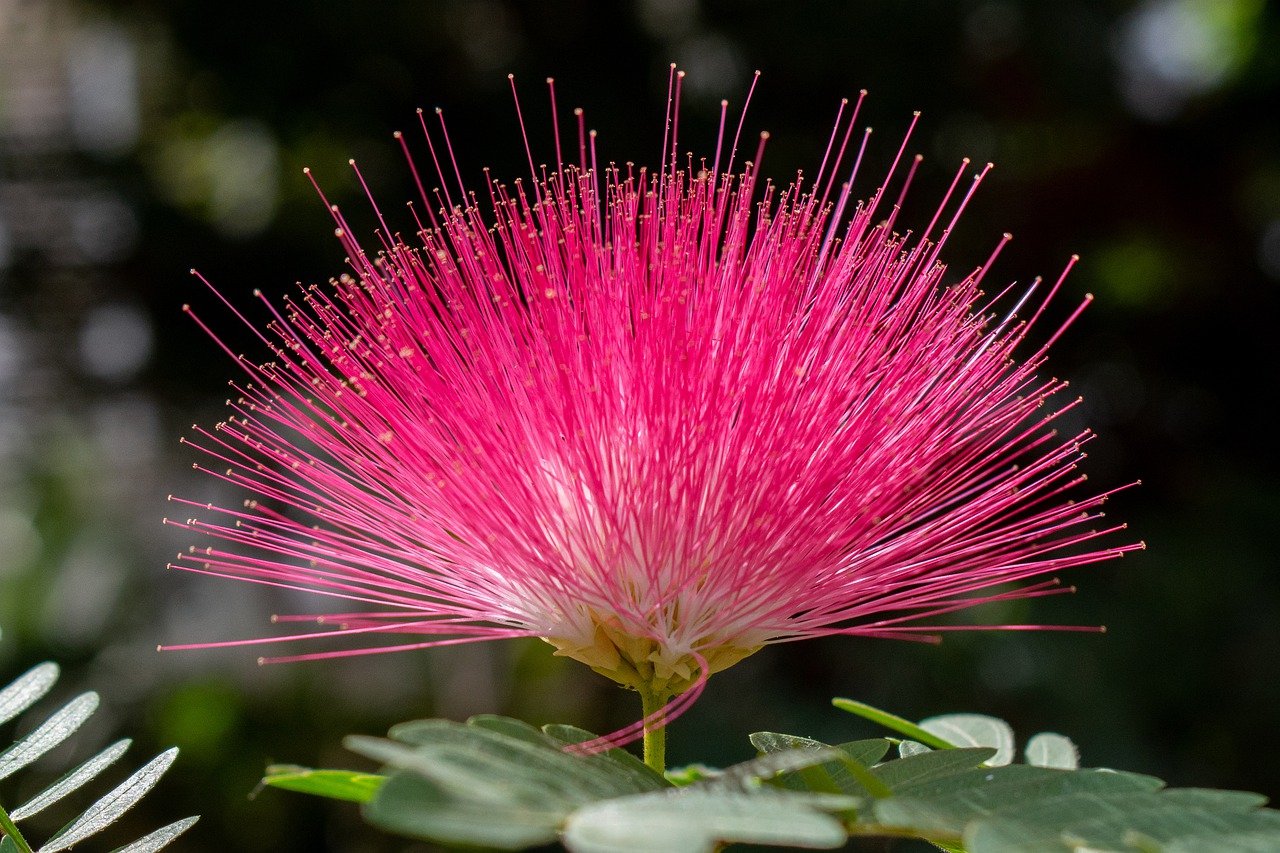
The bark is collected from the tree during the summer and autumn, then cut into small pieces for medicinal use. According to the principles of traditional Chinese medicine, albizzia bark has sweet and neutral properties, and is associated with the Heart and Liver meridians. It is most commonly used as a tonic to help tranquilize the mind, reduce fatigue and ease tension. Albizzia bark also treats skin conditions such as carbuncles and acne, reduces pain swelling, and stimulates blood circulation. It can be used either externally or internally.
The typical dose of albizzia bark is between 10 and 15 grams, ground down into a powder and served as a decoction. Albizzia extracts can also be used, but at much lower doses. Albizzia bark can also be mixed with other herbs and used externally as a poultice. High-quality, sliced albizzia bark is widely available at most Asian markets, specialty stores and herbal shops. Powdered albizzia bark, along with albizzia extracts, pills and capsules, can be found at many locations.
While there is no evidence that albizzia bark causes drowsiness or can impair one’s judgment, most practitioners recommend that patients taking albizzia bark refrain from driving or operating heavy equipment within an hour of ingestion. The American Herbal Products Association has given albizzia bark a class 2B rating, meaning that it should not be used by women who are pregnant. In addition, it should be given to children only with extreme caution. As always, make sure to consult with a licensed health care provider before using albizzia bark or any other herbal remedy or dietary supplement.
Albizzia julibrissin bark is one of traditional sedative Chinese herbs that are good at soothing the nerves, getting rid of sorrow and delighting people. As such it is better known as He Huan Pi in mandarin, which is translated literally as meet and enjoy bark. As a matter of fact, albizia tree is best known for being a beautiful garden landscaping plants. Its flowers look like pretty pompon and carry with a kind of delicate fragrance; its leaves are peculiar because they shut at night and blossom in the daytime; its shade works like an umbrella for viewing. Beautiful as it is, what really matters to an herbalist or patient is its healing properties, isnt it?
Medicinally it means the dried bark of Albizia julibrissin Durazz., a tree belonging to the family legume. And its other common names include mimosa tree bark, cortex albiziae, bark of silktree albizzia, albizzia julibrissin cortex, bark of albizia julibrissin, silk tree bark, albizzia bark, silktree albizzia bark, and so on. In China mimosa trees are distributed in most parts of China and medicinally it is commonly produced in provinces along the Yangtze River. Generally summer and autumn are the two best seasons for stripping off barks from the trees. After that it needs to be dried in the sun and cut into sections, and used raw.
This is a deciduous tree that can reaches up to 10 meters. Trunks are gray and black. Branchlets are glabrous but angular. Even pinnately compound leaf is alternate, 9 to 23cm in length, and with 3 to 6cm total petiole, 5 to 15 pairs of pinnae, and 11 to 30 pairs of sessile leaflets. Capitulum grows from branches and with pubescent peduncles, pale red flowers, about 2mm tubular calyx, funnel-shaped corolla, numerous stamens, and superior ovary. Pods are flat, 8 to 15cm long, 1 to 2.5cm wide, brown, and pubescent when young and falling off later. Seeds are oval, flat, and brown. Flowering period is from June to August and fruiting period is from August to October. Its habitats include slopes and roadsides. In addition, it is often cultivated in gardens.
Main chemical constituents in bark are saponins, tannins, flavonoids, a variety of lignans and their glycosides, and glucosides of pyripropanol derivatives.
Medicinally both albizia bark and albizzia flower (He Huan Hua) are widely used for the treatments of insomnia and neurasthenia. Now, commercially there are many related ready-made products available, such as albizzia bark tea, extract, herbal supplement, tincture, and so on. From the point of view of TCM (Traditional Chinese medicine), this efficacy was initially found by the ancients who had observed a strange phenomenon about this tree its leaves open during the day and close in the evening. Based on this fact, ancient herbalists inferred this herb should have the healing power on sleeping disorders. This may sound weird to you but it is the unique way the ancient used to understand the world. So, what does its pharmacology say about this herb?
Modern pharmacological actions on albizia herb
- Its decoction and alcohol extract can prolong sleeping time in pentobarbital-treated mice;
- They can also enhance its rhythmic contractions on the pregnant uterus and terminate early pregnancy or pregnancy;
- Its water exact can enhance immune function while its alcohol extract can fight the tumors.
Chinese Materia Medica has clearly stated that it is sweet in flavor and neutral in properties and it goes to two meridians of heart and liver. Common functions include calming the nerves, resolving depression, and invigorating the circulation of blood to heal carbuncle. Fundamental albizia uses and indications are malaise, depression, insomnia, internal and external boils and carbuncles, and traumatic injury.
Albizzia julibrissin bark was rated with 2B by AHPA. Thats to say, pregnant women and children should stay away from this herb. And it is inadvisable to drive car or operate heavy equipment under the influence of this herb as it may lead to drowsiness and impaired judgment though such claim is kind of groundless. From the perspective of TCM it shouldnt be used in cases of spontaneous perspiration due to wind-heat, sleeplessness caused by external infection. In addition, use it with care in the cases of ulcers and gastritis.
According to the National Institute of Mental Health (NIMH), an estimated 44.3 million Americans, ages 18 and older, suffer from a mental disorder. Depression, included in this number, is reaching epidemic proportions. While the media continues to report on the potentially life-threatening side effects of pharmaceutical antidepressants, more and more individuals are turning to herbal solutions. A little known tree in the West, Albizia julibrissin, is beginning to share the spotlight with other herbal antidepressants as an effective remedy.
Mental illness is classified as any mental condition that disrupts daily personal, social, or occupational function. Anxiety and mood disorders are the most common forms of mental illness in adults. An astounding 25 percent of all American adults have a mental illness while it is estimated that 50 percent will develop a mental illness at some point during their lifetime. The World Health Organization has found that mental illness contributes to more disability in developed countries than any other class of illness, including heart disease and cancer.
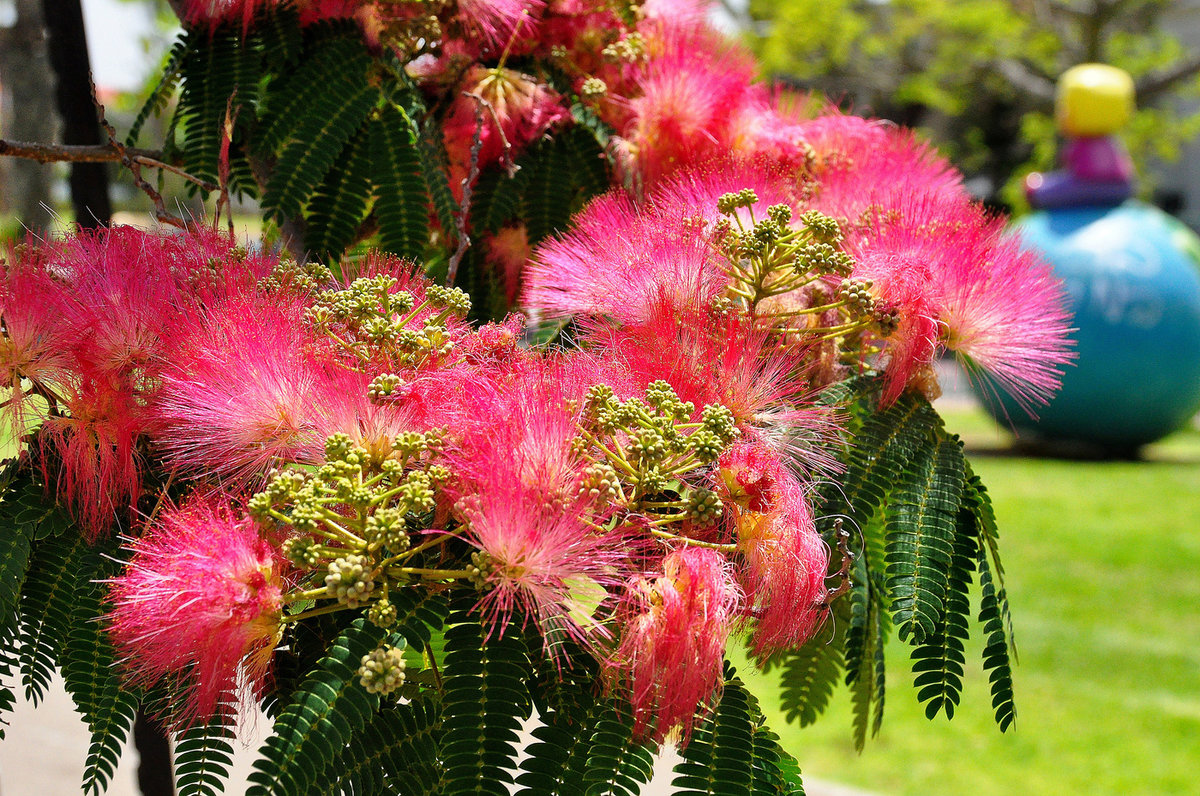
Conventional medicine continues to treat depression with prescription antidepressants which has produced some startling results. Recently, two newborn deaths in British Columbia, Canada were linked with maternal use of antidepressants. An Australian study found that older men taking antidepressants had a mortality rate 1.6 times higher than depressed men who did not take them. Cardiovascular disease, cancer, and infection doubled in the group of men who used antidepressants.
Albizia julibrissin (Mimosa) is a tropical ornamental tree native to Asia. The leaves of the Mimosa close during the night and when it rains. Due to this unique characteristic, it has been referred to as the “Sleeping Tree” in Japan. In China, it is known as the “Tree of Happiness” because of its calming herbal properties. The flowers do not have petals but instead are clusters of silky thread-like stamen measuring 2-3 cm in length. Bees, butterflies, and hummingbirds are all attracted to the flowers of this fragrant tree.
The bark and flowers of the Albizia tree have been used for centuries in China to foster mental wellness, curb depression, and to promote sound sleep. Albizia is one of the most cherished Chinese botanicals for alleviating anxiety and stress.
Roy Upton, vice president of the American Herbalist Guild, says, “In ancient traditional Chinese literature, use of Albizia was linked with ‘the happiest of results: promoting joy, assuaging sorrow, brightening the eye, and giving the desires of the heart.’ In more modern times, Albizia belongs to a class of botanicals that ‘nourish the heart and calm the spirit.”‘
In Traditional Chinese Medicine (TCM) there is a strong link between the mind and the well-being of the heart. In fact, TCM practitioners view these organs to be intimately connected. A healthy mind supports a healthy heart. TCM also believes that Albizia helps to relieve irritability due to suppressed emotions.
Michael Tierra, L.Ac., offers further insight into the benefits of Albizia: “Both the bark and the flowers of Albizia are used as a calming sedative in Oriental traditional medicine. Categorized in the Chinese Materia Medica as a calming spirit herb, the bark is thought to ‘anchor’ the spirit, while the flowers lighten it. The flowers have also been used for the treatment of insomnia, amnesia, sore throat, and confusion in Oriental traditional medicine as well as depression, melancholy, and anxiety.”
As a trusted Chinese herb for centuries, Albizia julibrissin brightens your day gently and safely.
The flowers and bark of the mimosa tree (Albizia julibrissin) are among the most valued of Chinese botanicals for relieving anxiety, stress and depression. Commonly found growing throughout temperate zones in the Western United States albizia is native to China, Persia, Korea and Japan. It is traditionally known as “huan hua” (flowers) and “he huan pi” (bark) and popularly as the “happiness herb,” and “collective happiness bark” by the Chinese. Recently some Chinese herbalists and acupuncturists have even called it ‘herbal Prozac. Its use was first documented in the Shen Nong Ben Cao (Divine Husbandman’s Classic of the Materia Medica) during the 2nd century for its mood supportive and calming properties as well as a tonic. Chinese people traditionally recommend its use for anyone who is suffering from grief as a result of a severe loss.
Both the bark and the flowers of albizia are used as a calming sedative in Oriental traditional medicine. Categorized in the Chinese Materia Medica as a calming spirit herb, the bark is thought to ‘anchor’ the spirit, while the flowers lighten it. The flowers have also been used for the treatment of insomnia, amnesia, sore throat, and contusion in Oriental traditional medicine (Kang, et al) as well as depression, melancholy and anxiety.
Considering the proliferation of antidepressant drugs throughout the Western world with their increasingly recognized adverse effects, it’s wonderful that nature has, in abundance, a safer and better alternative probably growing in close proximity to one’s doorstep. In my opinion, albizia offers a more profound effect in treating depression and anxiety than the two most commonly promoted herbs, St Johnswort (Hypericum perforatum) and Kava (Piper methisticum) and thus should be more widely used.
There are broadly three classes of antidepressant medications, Tricyclic Antidepressants (TCA’s), Monoamine Oxidase inhibitors (MAOI’s) and the most popular, Serotonin Selective uptake inhibitors (SSRI’s).
TCA’s enhance concentrations of the neurotransmitter chemicals norepinephrine (stimulating) and serotonin (the happiness hormone) in the brain. These are known as monoamines and they must be inactivated and reuptaked by the secreting cells. TRI’s block this reuptake, allowing the monoamines to remain active in the body much longer.
MAOI’s not only enhance the same neurotransmitters, norepinephrine and serotonin, but dopamine as well (dopamine is the reward, or satisfaction hormone). This is the most dangerous and least prescribed class of antidepressants, because it may also inhibit the reuptake of tyramine, which can cause dangerously acute hypertension.
SSRI’s (Selective Serotonin Reuptake Inhibitor’s) include the popular drugs Luvox, Paxil, Prozac, Celexa, and Zoloft and work by blocking serotonin reabsorption. Specifically, they prolong the effects of serotonin, with an accompanying sense of prolonged well-being.
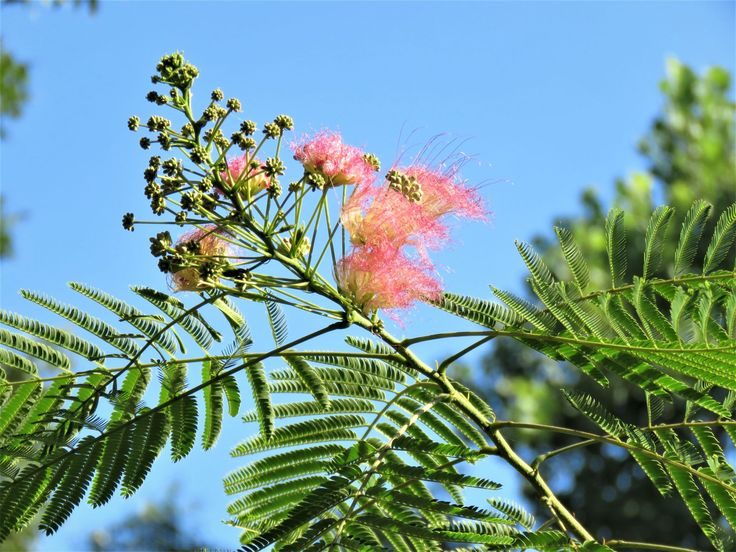
All three of these drug catalories list a plethora of possible and, in many cases, likely side effects. These include abnormal weight gain, headache, excessive sweating, upset stomach, diarrhea, sleep disturbances, drowsiness, tremor, weight loss more often than weight gain, and decreased libido. In addition some may predispose one to feelings of apathy, cognitive impairment, sudden irrational bursts of violent rage, and suicide. Expectant mothers generally should avoid their use during the 3rd trimester of pregnancy because of adverse reactions on the infant after birth.
Albizia is thought to enhance all aspects of neurotransmitter secretion and regulation. However, because of its blood-moving properties, it is contraindicated for use during pregnancy.
Increasingly, antidepressants are being prescribed to young children and adolescents. This has been in the news lately because there is evidence that, while externally these drugs may indeed block one’s expression of negative thoughts and feelings, for many the emotions become ‘stuffed,’ resulting in increased thoughts of suicide or sudden outbursts of uncontrollable rage.
Recently and ongoing we have seen the not infrequent reporting in the popular press of the negative effects from increased prescribing of antidepressants to young children and adolescents. This is done mostly for behavioral control, but it may cause irrational outbursts of violent rage and suicidal thoughts. Thus, in some cases the very symptoms these antidepressants are intended to treat can be exacerbated. Antidepressants do not help us work out our problems; they simply alter our response to them. For some this can become like a pressure cooker ready to explode.
With hundred’s of years of traditional use, albizia is a terrific antidepressant and anti-anxiety herb with no known side effects. While the traditional Chinese dose is 9 to 15 grams daily, a positive effect can be achieved with as little as 3 grams daily, Therefore, albizia flowers and bark offer an extremely effective and vastly inexpensive alternative to antidepressant pharmaceuticals.
The active constituents of albizia are saponins and tannins, while specifically, it contains albitocin, b-sitosterol, amyrin, 3,4,7-trihydroxyflavone, spinasterylglucoside, machaerinic acid, lactone, methyl ester, acaci acid, and lactone. Several compounds of flavonol glycosides, which have demonstrated sedative activity, including quercetrin and isoquercetrin are also a part of its constituents. Finally, research has revealed significant antioxidant activity from the bark.
Evidently, few studies of albizia have been conducted. In one animal study examining the sedative effects of a methanol fresh-flower extract (400g in 3 L), two isolated compounds from albizzia, quercetrin and isoquercetrin (flavonol glycosides), were both found to increase pentobarbital-induced sleeping time in a dose-dependent manner in mice. This indicates a possible herb-drug interaction that patients taking sedatives should be made aware of. This substantiates the sedative claims for albizia, as well. Yet, through my experience, and that of my patients, none have ever reported feelings of drowsiness from the recommended or even relatively higher doses of albizia alcoholic extract or powder.
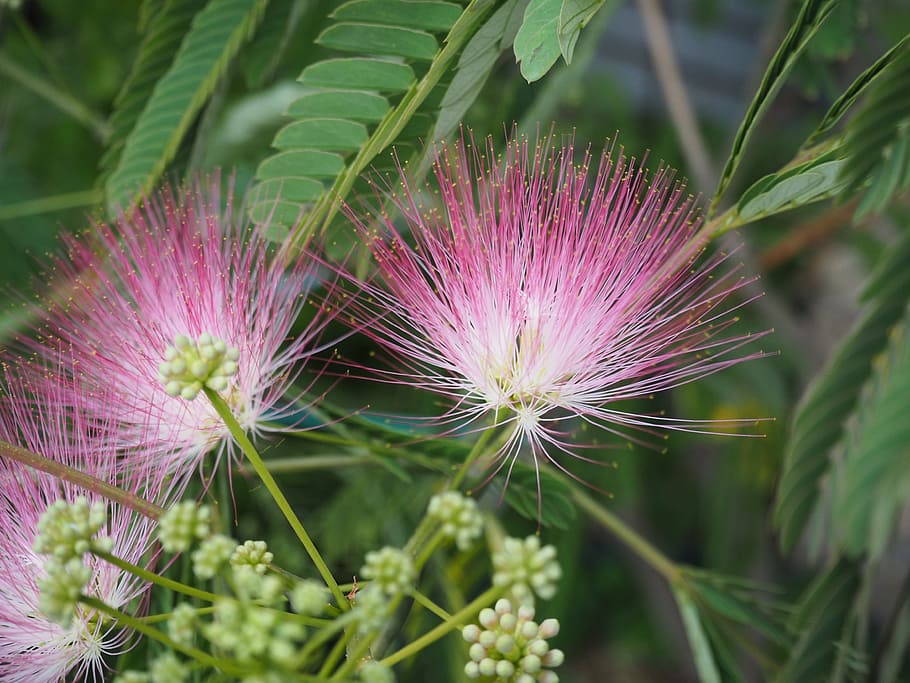
Interestingly, a methanolic extract of the stem bark of Albizia julibrissin was also found to have significant potential in scavenging destructive free radicals, making albizzia a useful anti-aging antioxidant as well.
In traditional Chinese Medicine, albizzia (bark and flower) is classified as sweet with a neutral energy and enters the heart and liver organ meridians. According to the Chinese Herbal Medicine Materia Medica, Albizia is used primarily for insomnia, poor memory, irritability and angry feelings due to constrained emotions ‘ especially when accompanied by epigastric pain and feelings of pressure in the chest. Secondarily, the bark is regarded as one of the most important herbs for the treatment of external trauma and injuries. It promotes blood circulation, reduces pain and swelling, promotes the regeneration of flesh and facilitates the healing of bone fractures.
Those who are presently taking a prescribed antidepressant, and wish to withdraw and possibly substitute albizia flower extract, should consult with their doctor. I have not seen adverse interactions taking both the drug and the herb simultaneously, but I always advise my patients to begin by taking both and then to gradually lower the dose of the drug during the withdrawal period.
Common adulterants found in the market for albizia flowers are certain species of magnolia flowers, which reportedly have similar properties. A similar yellow flowered species (A. lubek) known as ‘shirish’ is used as a rasayana or tonic in Ayurvedic medicine for allergic conditions. Indian researchers have been able to substantiate that the antiallergenic properties are due to its ability to prevent mast cell degeneration.
Disclaimer
The Content is not intended to be a substitute for professional medical advice, diagnosis, or treatment. Always seek the advice of your physician or other qualified health provider with any questions you may have regarding a medical condition.
